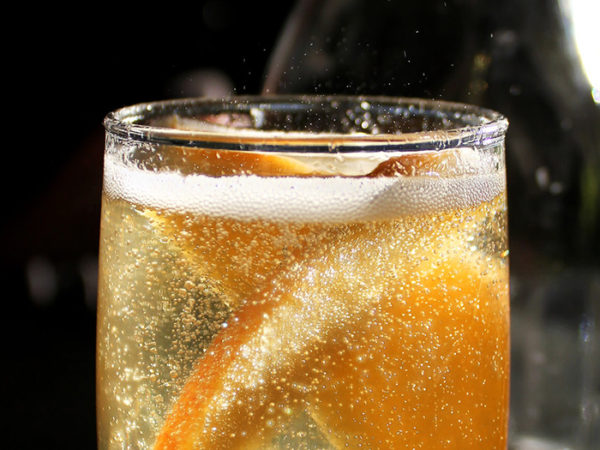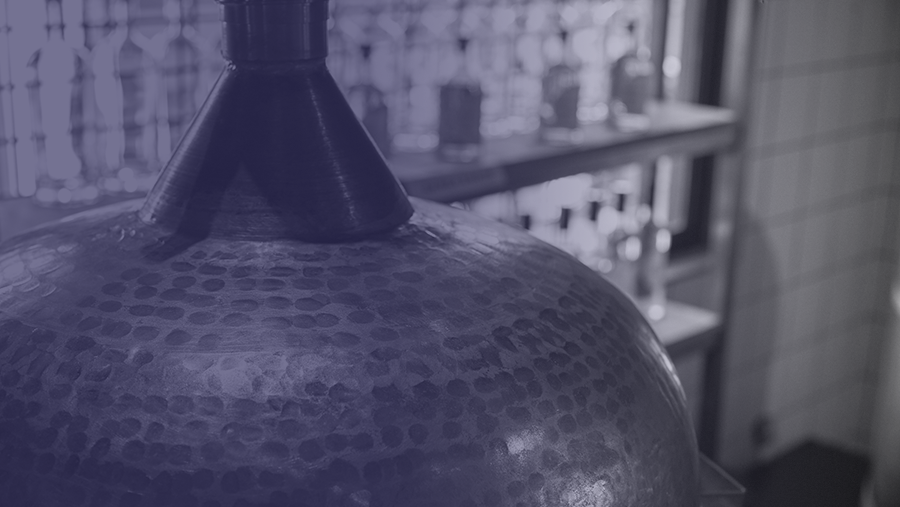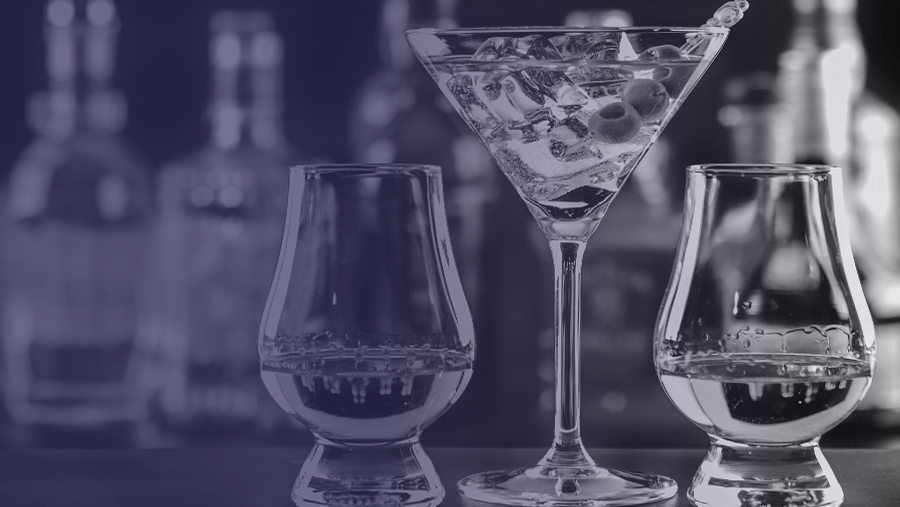While bubbles are certainly not new within the drinks category, the nuances of carbonation have never been more relevant. From the fine cascade of nitro to the high carbonated precision of Japanese whisky highballs, carbonation has emerged as a new frontier for mixologists and ready-to-drink (or ‘RTD’) innovators looking to create distinctive drinks.

In terms of flavour and mouthfeel, carbonation adds a balanced roundness to drinks that might have otherwise been overly bitter or sweet. Carbonation is experienced by the same taste receptors on the tongue which sense sour flavours, meaning that the zip of carbonation is perceived much in the same way as the zing of citrus fruits.
Carbonation: RTDs
Off-premise, drinks makers are equally engaged with the carbonated cocktail movement. Many RTD producers have explored the trend. Convenient and portable, canned cocktails are booming. And what is more refreshing than a fizzy drink from a can?
Some companies are producing canned versions of traditionally fizzy drinks. That Boutique-y Gin Company recently launched a range of RTD gin drinks, including Pineapple Gin Mule, Strawberry Gin Fizz, Gin and Tonic and a Yuzu Gin Collins.
Other brands are applying bubbles to cocktails that are normally still drinks. US brand Joia Spirit introduced its Sparkling Margarita in a can in 2019. Low carb and low sugar, the variant is described as bright, tangy and slightly effervescent. As stated on the brand’s website, Sparkling Margarita is “lightly carbonated with a few bubbles”.
Carbonation: On-premise
On-premise, the carbonated cocktail trend can be traced to the rise in batched cocktails. While in the past, bubbles were added to drinks through the addition of another liquid – tonic water, club soda, sparkling wine – mixologists can now create fizz intrinsic to the liquid itself.
There are several ways that draft and batched cocktail innovators have imparted carbonation into their creations. Some are turning to fermentation (or ‘biologically aged cocktails’), a technique pioneered by the Mr Lyan team. An early example of this was The Magnus Reserve, added to the White Lyan menu in 2014, which began with fermented gooseberries steeped with herbs. The drink was then mixed with Scotch whisky and cut with a botanical-infused water. The technique has since spread to the US; currently on the menu at Brooklyn’s Bearded Lady, the Kiwi Cup is described as “a fizzy boozy kombucha”, made with strawberry-infused rum, fermented kiwi, aperitif, and bitters.
Another way to add bubbles is through forced carbonation, either through cocktail carbonation systems such as Perlini, or using CO2 pressurized bottles. At-home mixologists may even turn to their SodaStream. Forced carbonation offers a level of consistency and precision, contrasted to the controlled chaos of fermentation.
Spirits companies are jumping on board with the trend. In June 2019, Bacardi unveiled a Grey Goose branded draught cocktail system in collaboration with KeyKegs and filled with Tails Cocktails. The system serves up cocktails infused with CO2 or Nitrogen. The kegs of RTS cocktails are delivered to bars flat, with a shelf life of 28 days after tapping (or 4 months untapped).
KEY TAKEAWAYS
- First pioneered on-premise with the rise of pre-batched craft drinks, carbonated cocktails are now making waves within the RTD category.
- Carbonation offers a multi-sensory element to cocktails, including the sound of fizzing, the impact of the bubbles bursting on the tongue and the zippy flavor impact of CO2.
- Sensory drinks and mouthfeel are becoming increasingly nuanced, and carbonation is playing a role as producers play with different levels of effervescence (ie lightly sparkling, high carbonation, nitro).
- We are seeing many types of cocktails undergoing carbonation within the RTD market, including traditionally sparkling drinks such as Fizzes and highballs, and classically still drinks such as margaritas.
You may also be interested in reading:
Global Still Wine Trends to Watch
Spirits Forecasted to Lead ‘Share of Servings’ by 2030 in the US
Global Beer Market Shows Growth Without China
To stay ahead of market trends and analysis, subscribe to receive our Industry Insights directly to your inbox.
Category
Market
- Beer
- Brandy
- Cider
- Gin
- Irish Whiskey
- Low-/No-Alcohol
- Mixed Drinks
- RTDs
- Rum
- Scotch
- Spirits
- Tequila
- US Whiskey
- Vodka
- Whisky
- Wine






